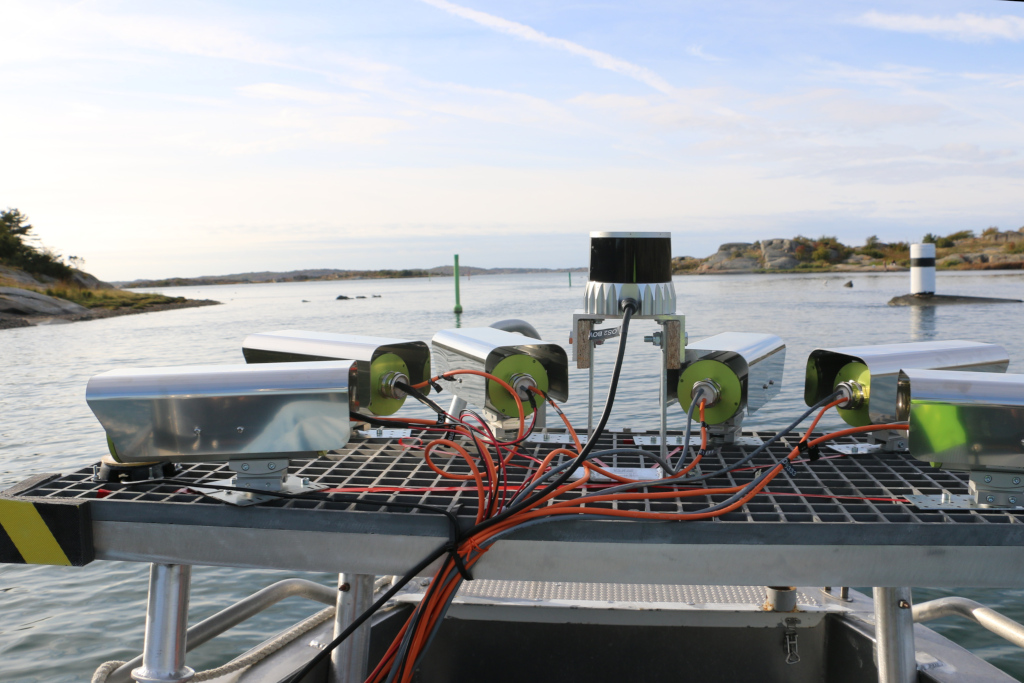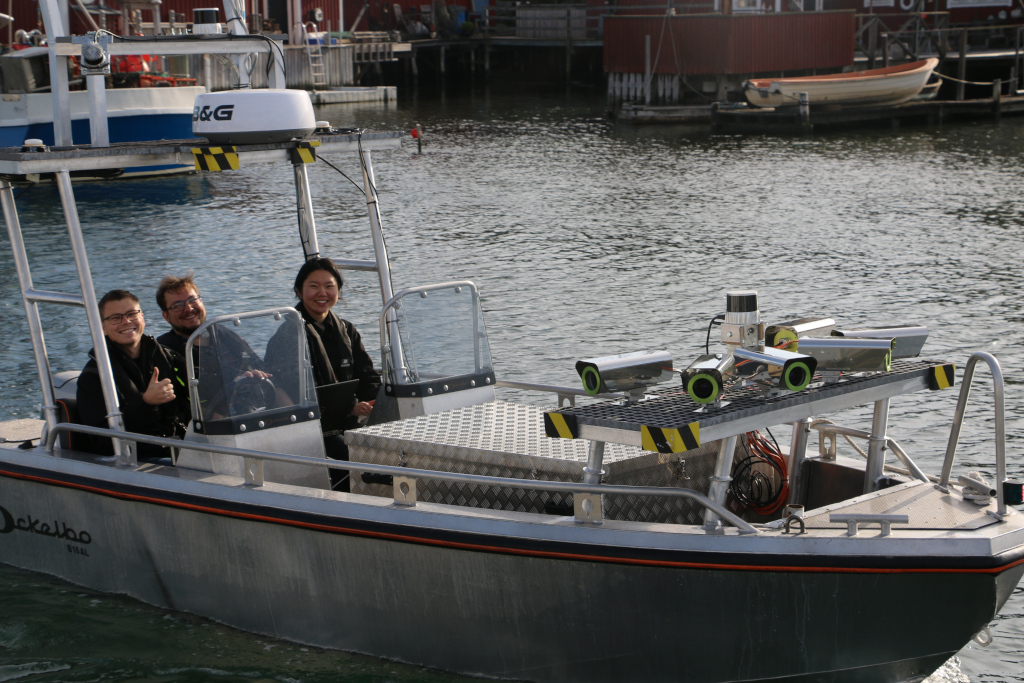After an eventful spring filled with exciting development for the Reeds project, we are back with big updates. First of all, thanks to all who signed up to be part of the Reeds community. The interest has been huge and we are happy to say that we now have members from 16 countries!

Talking about the Reeds community: We are happy to announce that we will give our first public demonstration of the Reeds data at the Breaking the Surface conference, the 14th International Interdisciplinary Field Workshop of Maritime Robotics and Applications, in Croatia, September 25th to October 2nd (http://bts.fer.hr). Associate Professor Ola Benderius from Chalmers University of Technology and Ted Sjöblom from Research Institute of Sweden (RISE) will demonstrate the Reeds dataset in a lecture and a hands-on tutorial. Do not worry if you cannot join us in Croatia, as we will also make the material available online after the workshop.
Perhaps the biggest upgrade since our last post is that we changed our boat platform. We now use a slightly smaller boat, called Revere Seahorse, fully owned by the project and that fits in our lab. This allows us to further increase the quality of the dataset as we can now more easily and systematically verify and calibrate sensors and data streams. On the boat we have added two super structures for sensors and a water proof box for our servers, as seen in the picture below.
Another upgrade is that we have changed the lidar setup, as can be seen under Sensor platform. We now use three Ouster lidars, two OS2 and one OS1, for maximum coverage around the boat.

Stay tuned for more updates, and hope to see you in Croatia!
/The Reeds team
